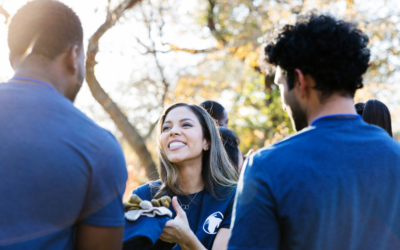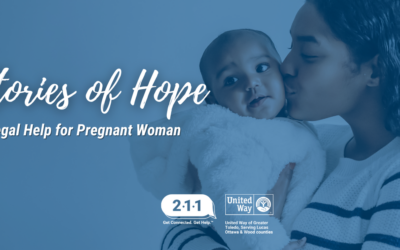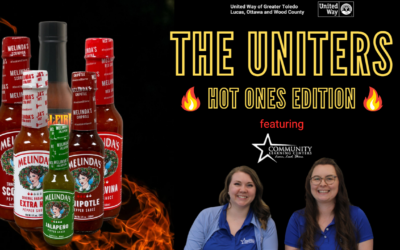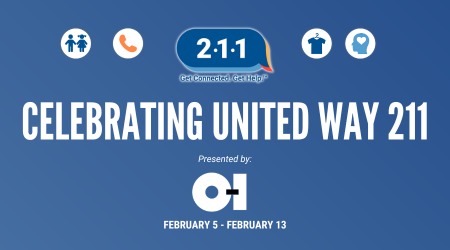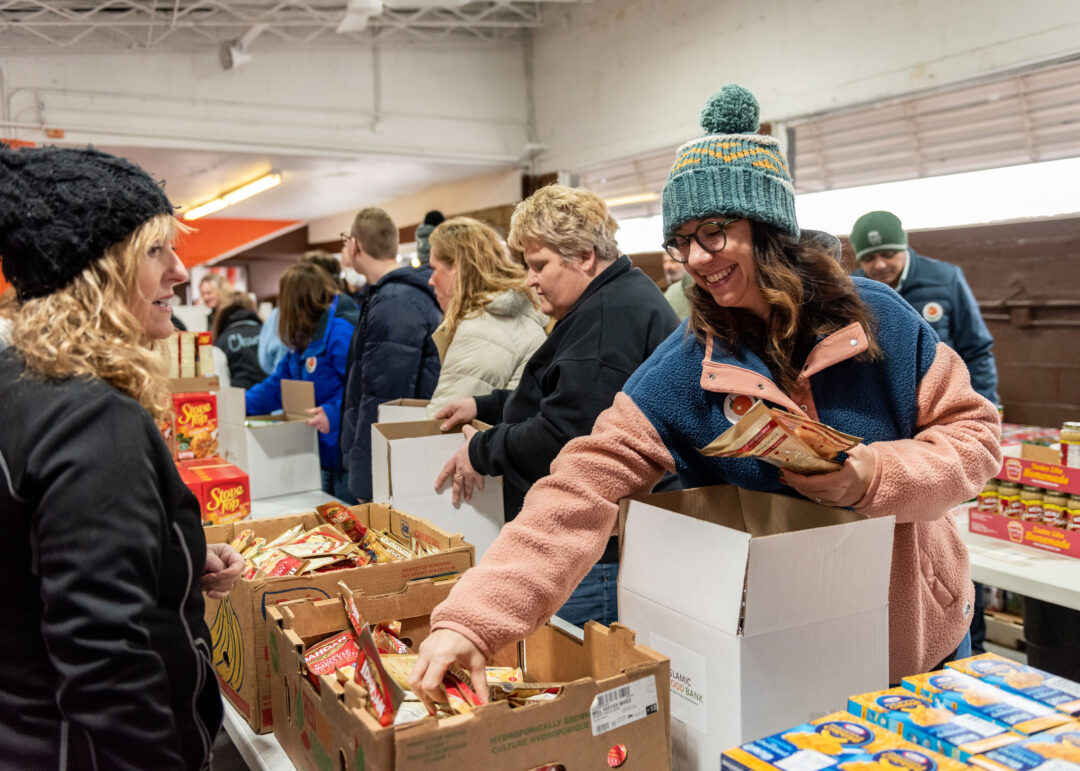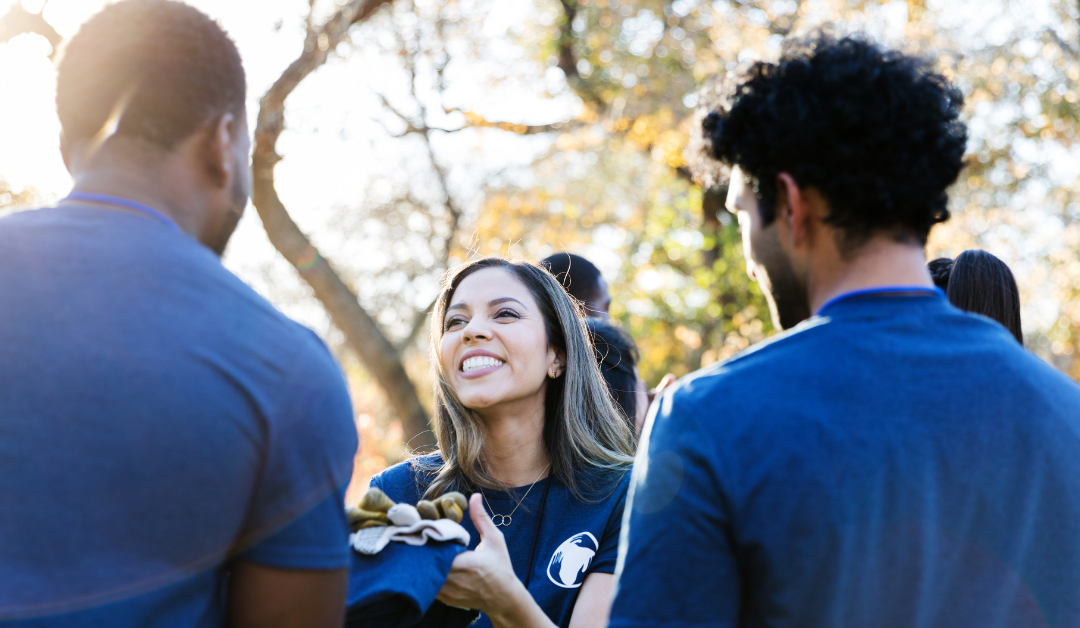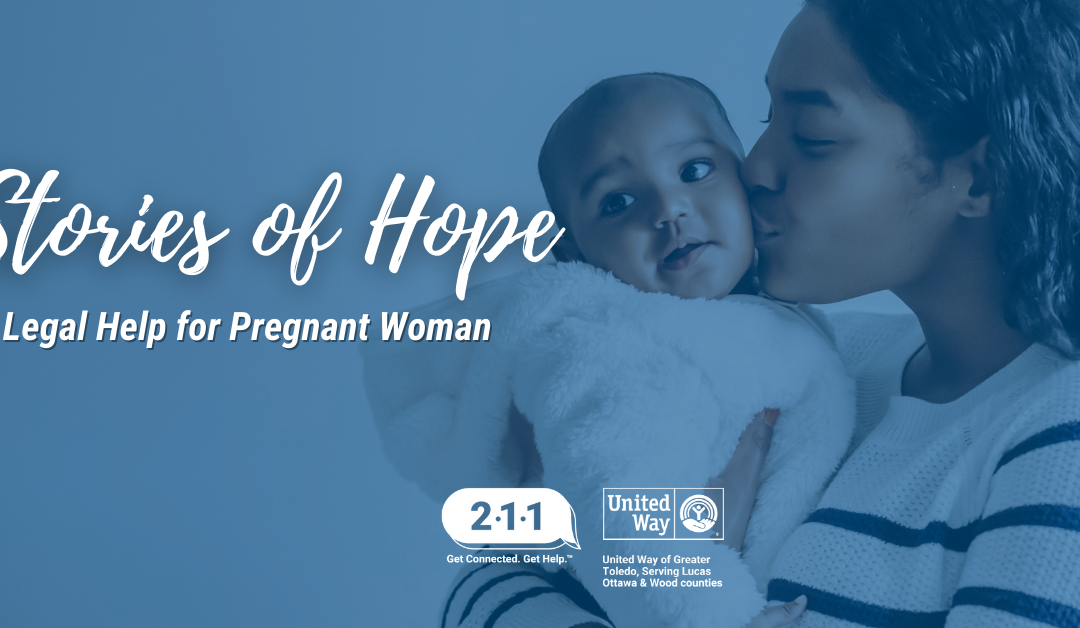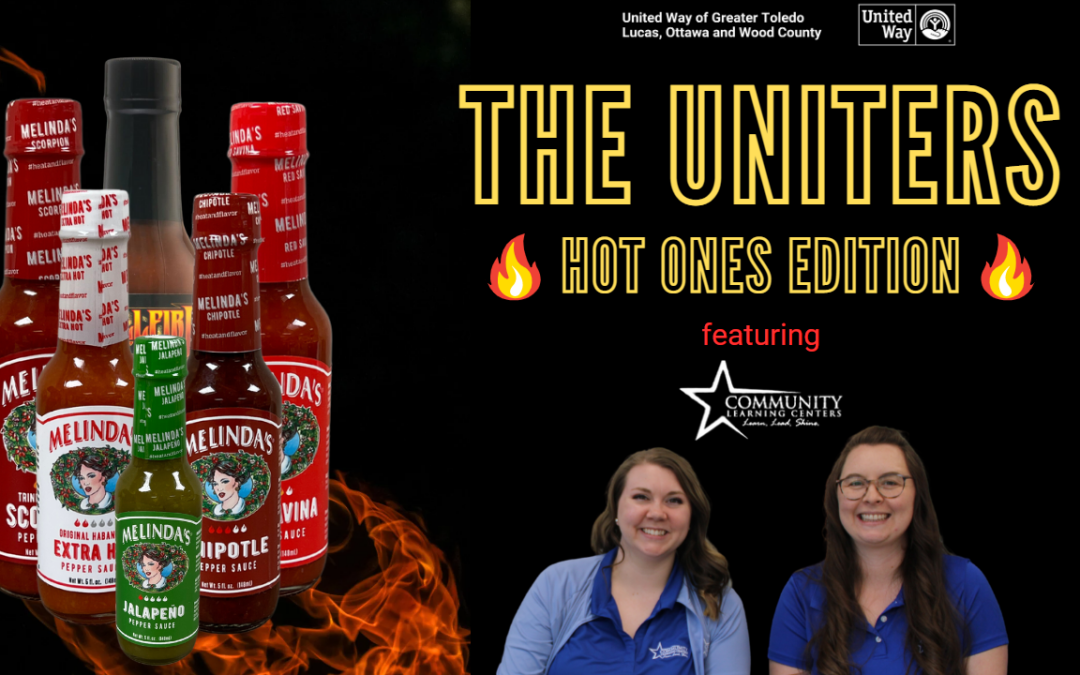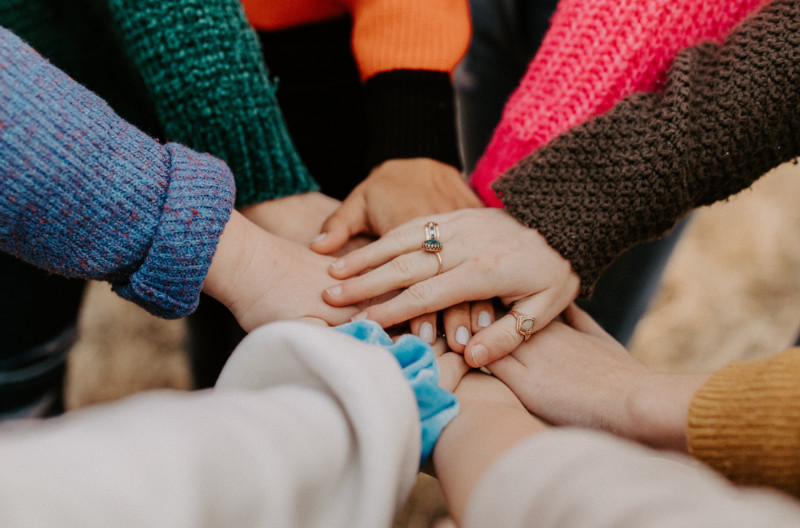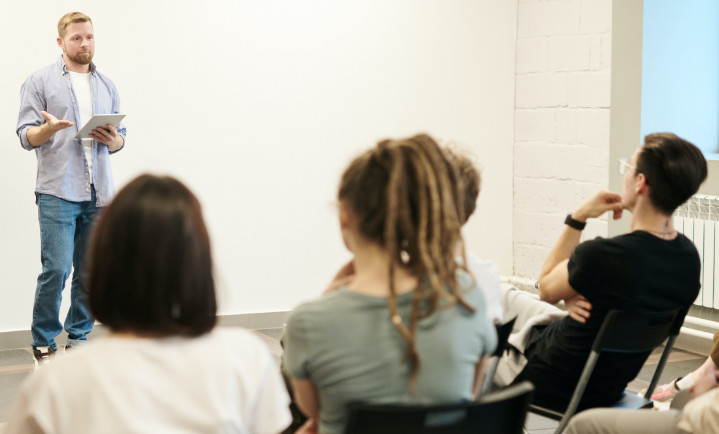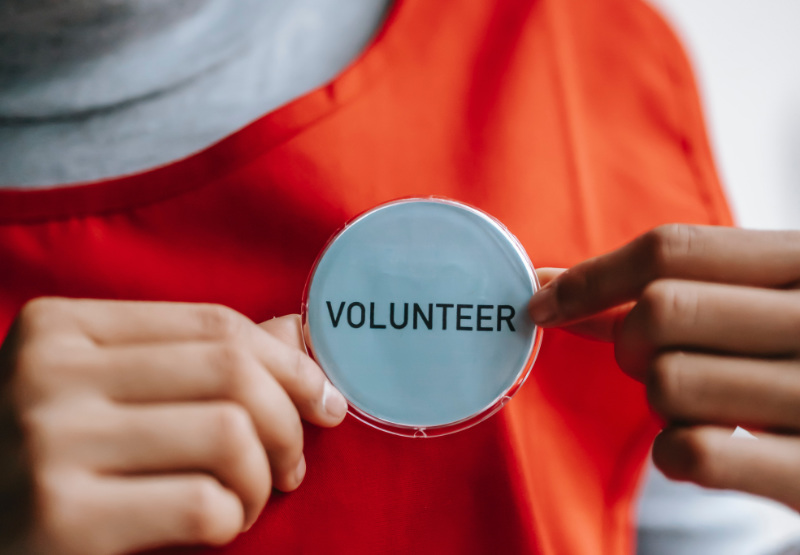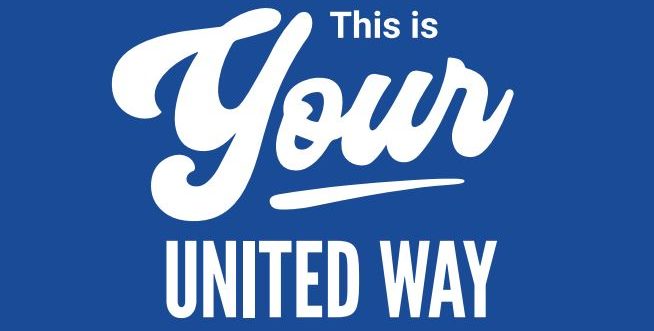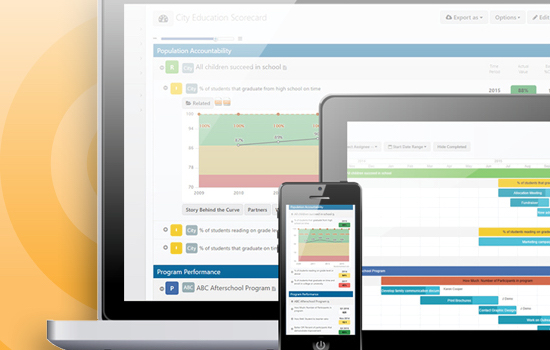Here at United Way, we’re busy awarding the next three years’ worth of human services grants. Who decides how your dollars are allocated? A host of experts and volunteers decide on our priorities and strategies, review applications, and recommend then confirm our final grants. You’ll meet several of them over the next few months as we follow United Way’s grant process.
Bridging the Gaps: Working Together for a Healthier Community
Let’s start with how United Way chooses its strategies for improving local lives – a process run by community experts such as Bethany Deakins.
You may know Beth as Executive Director of Healthy Living for the YMCA, but here at United Way, we know her as the head of our health team. She leads a group of leaders from other local health programs, sharing their successes and obstacles and contributing to a plan for how the whole community can become healthier.
The health group doesn’t just talk about their own clients, they have also studied the Lucas County Community Health Improvement Plan and talked about what it’s going to take to move forward.
“By bringing together not only the United Way funded partners, but community stakeholders and organizations, we have been able to bridge the gap between several programs looking for ways to accomplish a similar goal – organizations that are looking to fill a void that someone around the table can jump in and fill.”
This collaborative group has made some recommendations that relate directly to funding priorities, highlighting needs such as access to fresh food, childcare, adequate care coordination, and transportation to and from appointments. (United Way of Greater Toledo just launched a transportation service last year, which you can learn more about here.) Many more of the team’s recommendations relate to other kinds of needs that affect health, goods like safe housing and financial stability. UWGT has collaboratives focused on housing, education, and financial stability, in addition to health – leading to a comprehensive strategy for strengthening our region.
Beyond the Numbers: How Data Informs United Way Grants
The result from all four collective impact teams, as well as an immense amount of data from our programs, from 211 hotline calls, and from both government and private sources gives us deep visibility into the region’s needs. From here, our data analyzers extract both strategies and the metrics to measure whether we’re making progress.
For health, for instance, one strategy is to improve food access and nutrition, measured by both the number of healthy meals our partners fund and by the number of program participants with improved health (which comes from another set of metrics – our data analysts are busy!).
You can see the full set of goals for this year’s grants at the end of our Live United Plan.
Giving a voice to the programs that are key to our success as a healthy region makes for deeper insights, transparency, and alignment.
As Beth sees it, “Not all of the partners around the table have been historically involved in developing health improvement priorities for Lucas County, but we are hopeful that this collaborative model will help to enhance the priorities and strategies we are able to implement to improve the health of our community.”
Sometimes there are gaps that no one around the table can fill – and these needs are passed along to our grant reviewers as well. We’ll learn more about our Community Impact Cabinet in the next blog. Until then, thank you to the dozens of experts who have participated in our collaborative work over the past three years – we appreciate your shared knowledge and experience!



